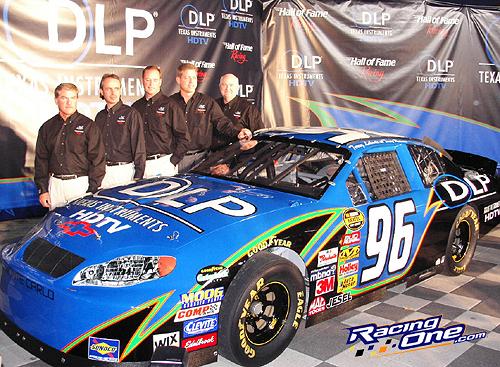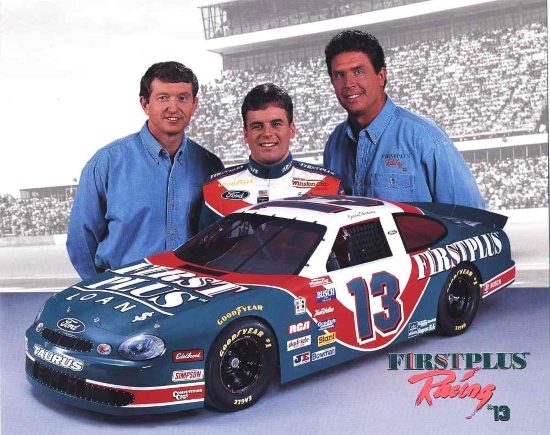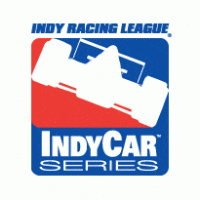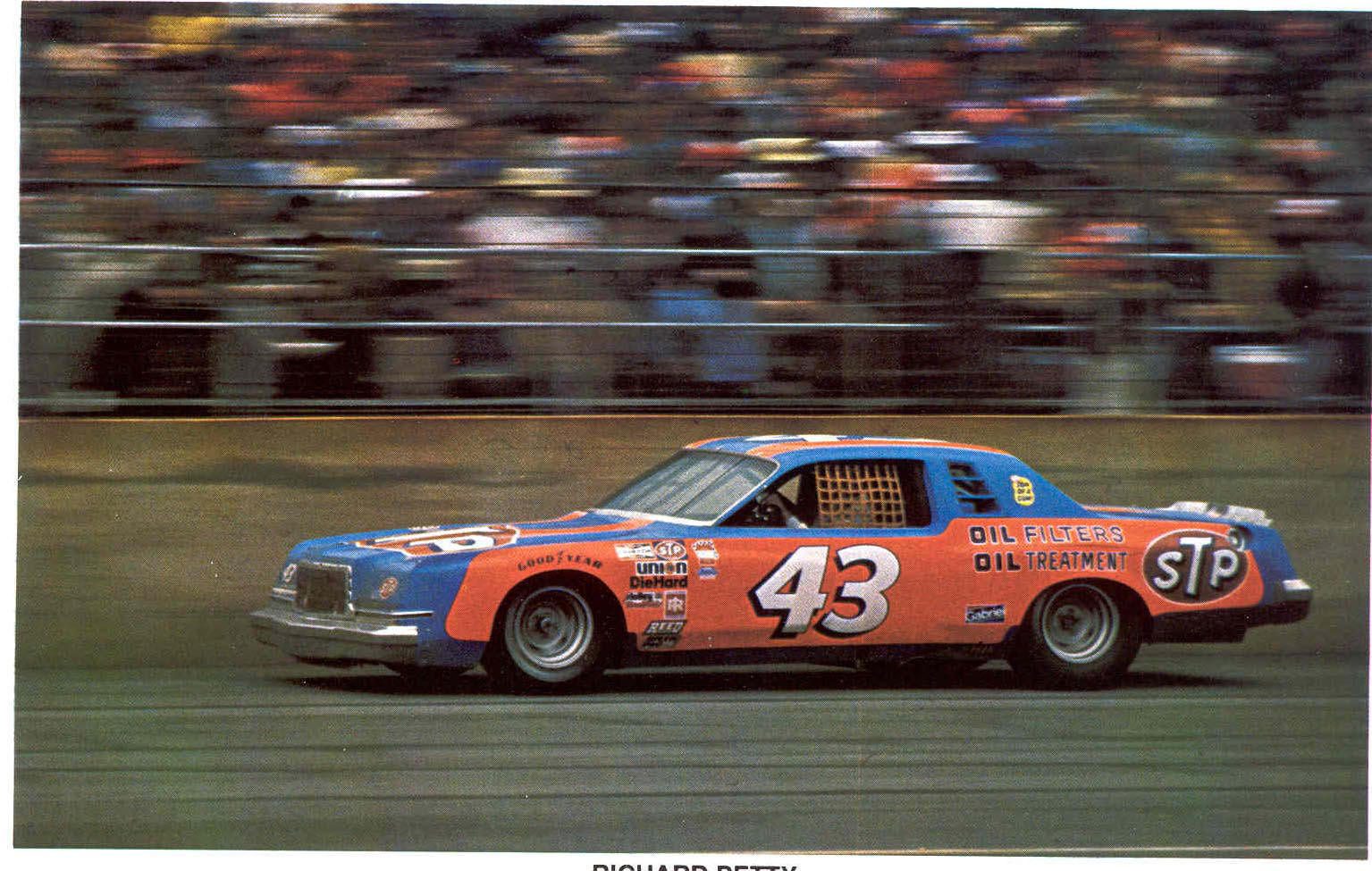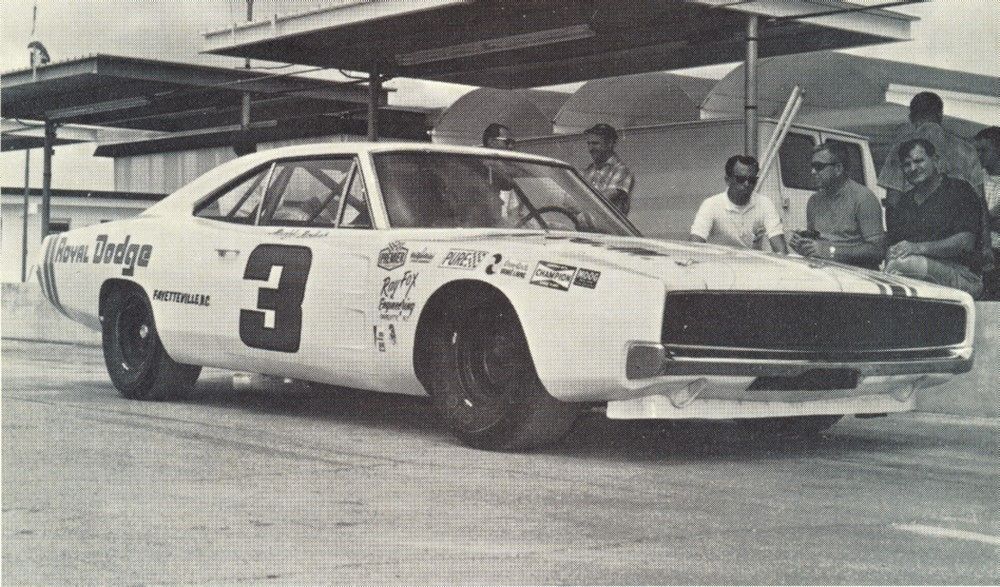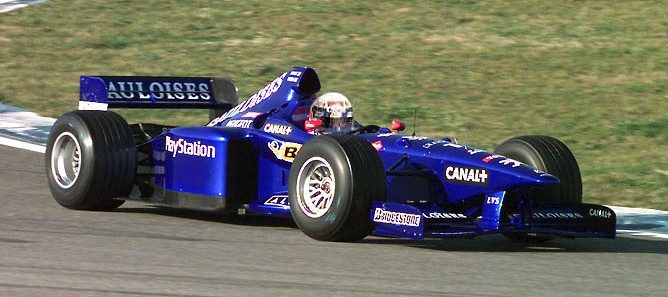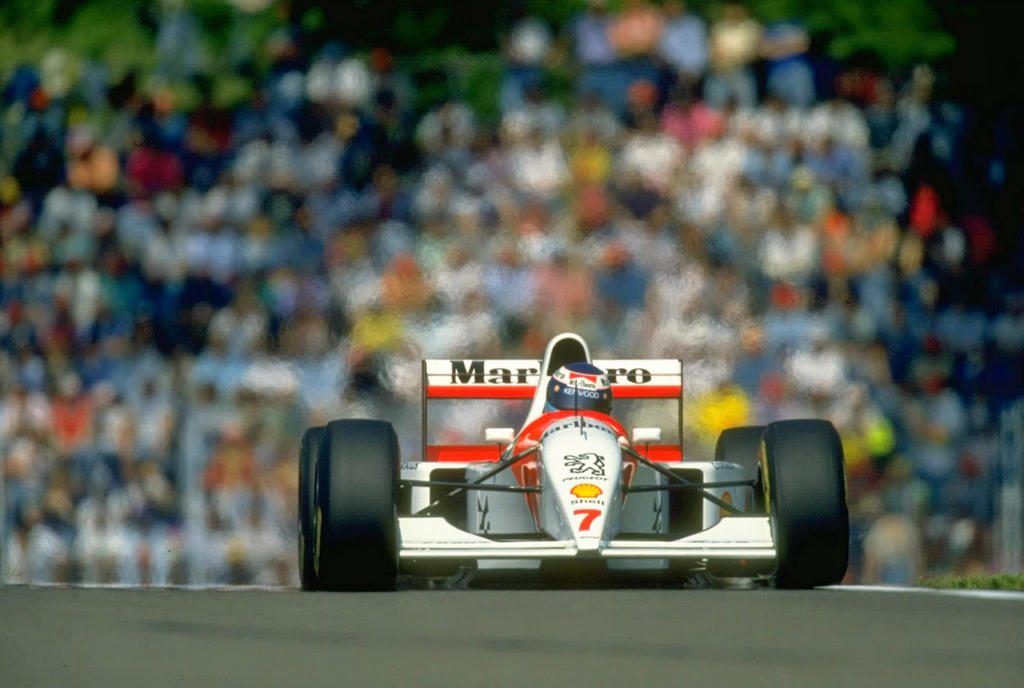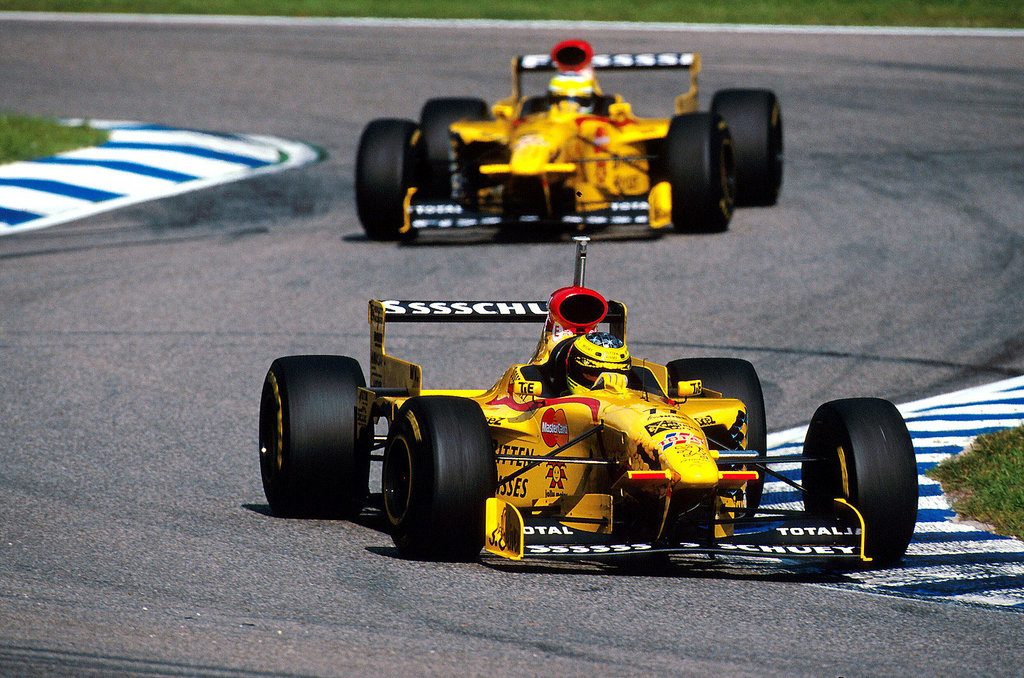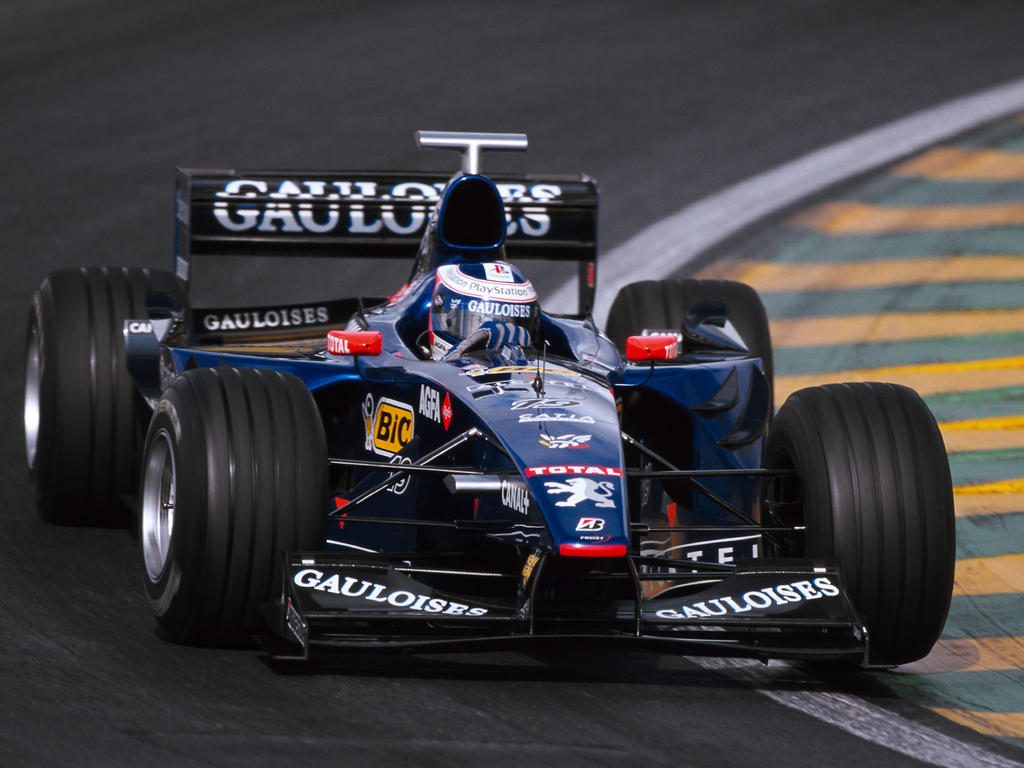More drivers/athletes/racers who were successful at what they were doing, but found a second career to be a little more difficult.
Ricky Carmichael -- NASCAR

One of the best to ever race a dirt bike in the early 2000s. He was affectionately given the nickname 'The GOAT,' the Greatest of All Time, for his achievements, including 5 Supercross titles, and 7 AMA Outdoor National titles with 2 perfect seasons (he won all 24 races on the calendar in 2002 & 2004).
RC carried his famous #4 into NASCAR for Kevin Harvick Inc. and Turner Motorsports starting in 2009. He mainly competed in the Camping World truck series, with a few Xfinity series (then Nationwide series) appearances. Sadly, he didn't find the same success in did in his motocross days. While he managed to grab a few top 10s, even a few top 5s, a pole position in 2011, and won the 2009 Camping World Truck Series Most Popular Driver Award

, he wasn't consistent enough to be a regular front runner. Primary sponsor, Monster Energy, also moved onto Kyle Busch Motorsports at the end of the 2011 season. Carmichael left Turner Motorsports soon after.
RC has since retied from professional motorsports, but is still active in the motocross scene. Among other things, he now commentates on Supercross/Arenacross, and part owns the RCH/Factory Suzuki race team.
Highest career finish, Xfinity series: 9th (Road America 2011)
Highest career finish, truck series: 4th, twice
Highest career points finish, truck series: 13th (2010)
Travis Pastrana -- NASCAR

I can't tell you all how much I really,
really wanted this to work out. Sadly, it didn't.
Staying in the early 2000's, Travis Pastrana made his name as action sports star in freestyle motocross (although he did start his motocross career as a racer.) Surprising enough, Pastrana had already made the transition from motocross to rally driving, and found success in the Rally America series, a domestic rally championship in the United States
(believe it or not, we have one of those). So the move to NASCAR didn't seem that crazy of an idea.
Unfortunately, like the story above, nothing special came of it. Pastrana only competed in a few spot races in 2012, and one full Nationwide season in 2013. While he had speed in the car, consistency was once again the issue. Travis did break the top 10 on a few occasions, and did earn a pole award at Talladega in 2013.
One of the more interesting moments of his career was the 2011 X Games/Nationwide Indianapolis race 'Pastranathon'
(yes, that was really what it was called), where Pastrana was going to compete in a 2 events at the X Games in Los Angeles (Moto X Best Trick and Rallycross), and make his Nationwide series debut at Indianapolis (Lucas Oil Raceway), all in the same weekend. Travis broke his ankle in a crash during Moto X Best Trick on the first night of this thing, and withdrew from the Nationwide race. Despite this, he did manage to drive in the RallyCross event later in the weekend, in a car fitted with hand controls, and finished 4th. The only proper way to end a crazy weekend!
Anyhow, Pastrana left NASCAR after the 2013 season. A lack of sponsorship, frustration in his performance, and a growing family were the reasons he gave for leaving. He did return for one Camping World truck series race at Las Vegas in 2015. Although he doesn't compete in anything full time anymore, he continues to be an action sports personality to this day.
Highest career finish, Xfinity series: 9th (Richmond 2013)
Highest career points finish, Xfinity series: 14th (2013)
David Coulthard -- DTM

Former Formula 1 driver from the early 90's to 2008, with 13 wins to his credit. His resume includes drives for Williams, McLaren, and the early days of Red Bull. Quite a respectable F1 career behind him.
Coulthard had actually retired from full time racing at the end of 2008, but returned by entering the DTM in 2010 with Mercedes Benz. However, despite DTM cars being closer in relation to F1 cars than actual touring cars, Coulthard wasn't able to find speed in these cars. The yellow Mercedes was at the back of the field most of the time. Coulthard competed in 3 seasons, and only earned 16 points in total across those 3 seasons (DTM uses the F1 points system, where not all finishing positions award points. Most of his finishes were outside of the points).
DC completely retired from professional racing at the end of the 2012 season. He has been an F1 commentator on British TV for the past few seasons.
Highest career DTM finish: 5th (Norisring 2012)
Highest career DTM points finish: 15th (2012)

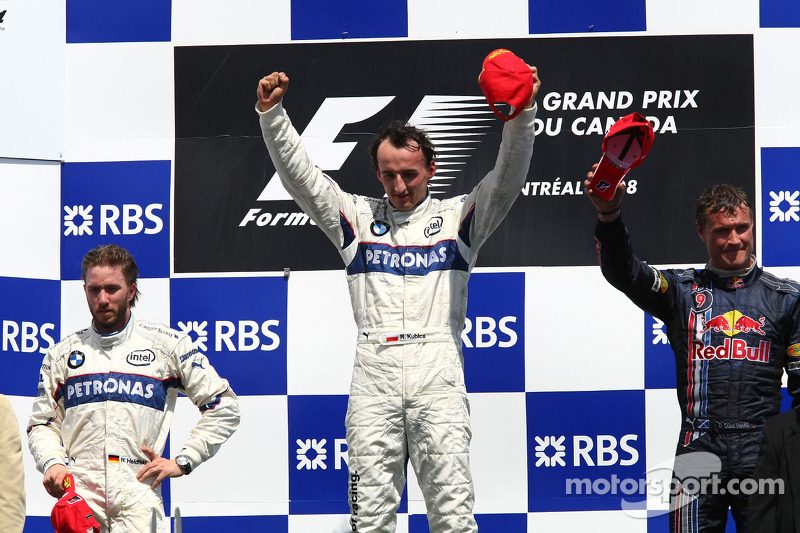
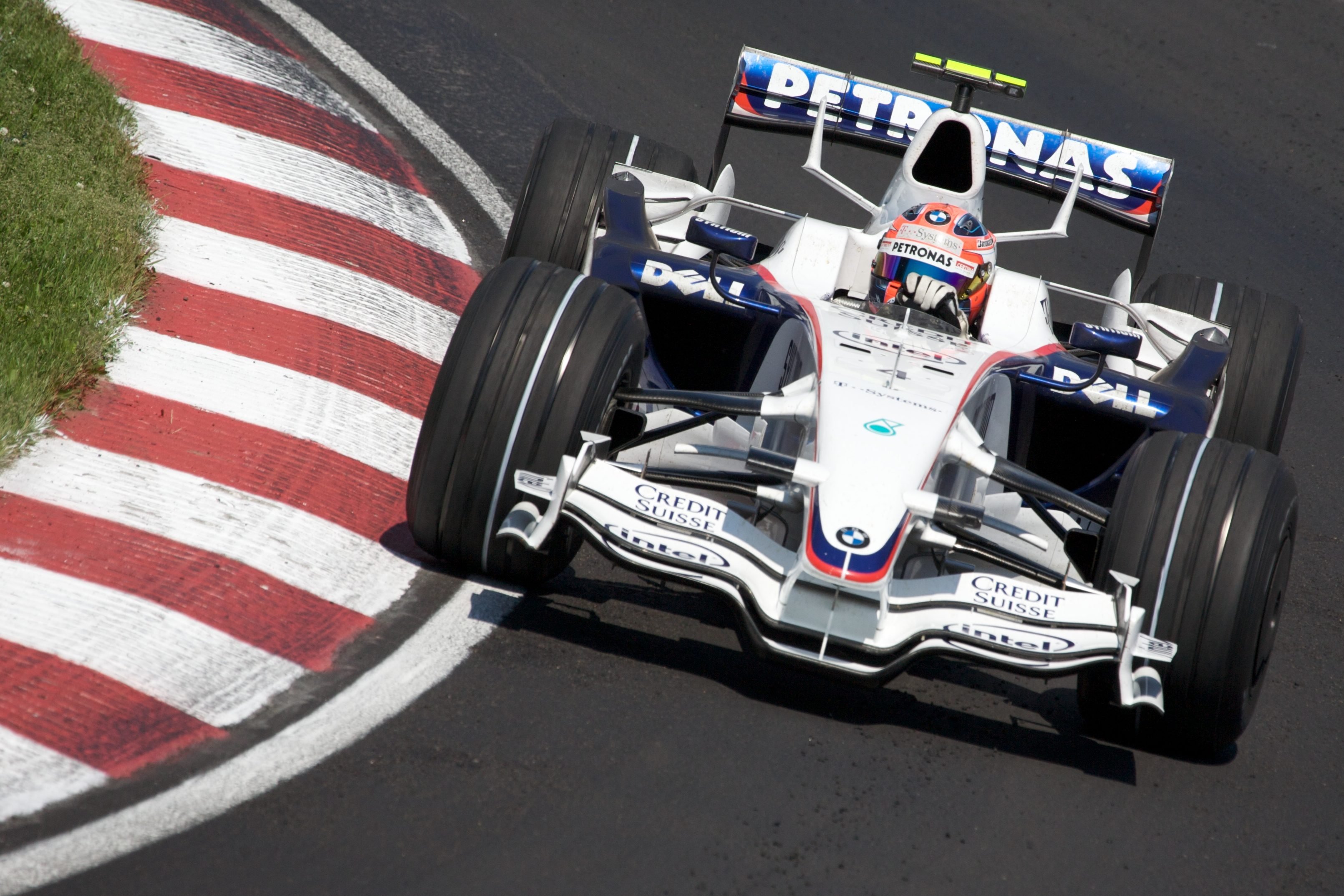
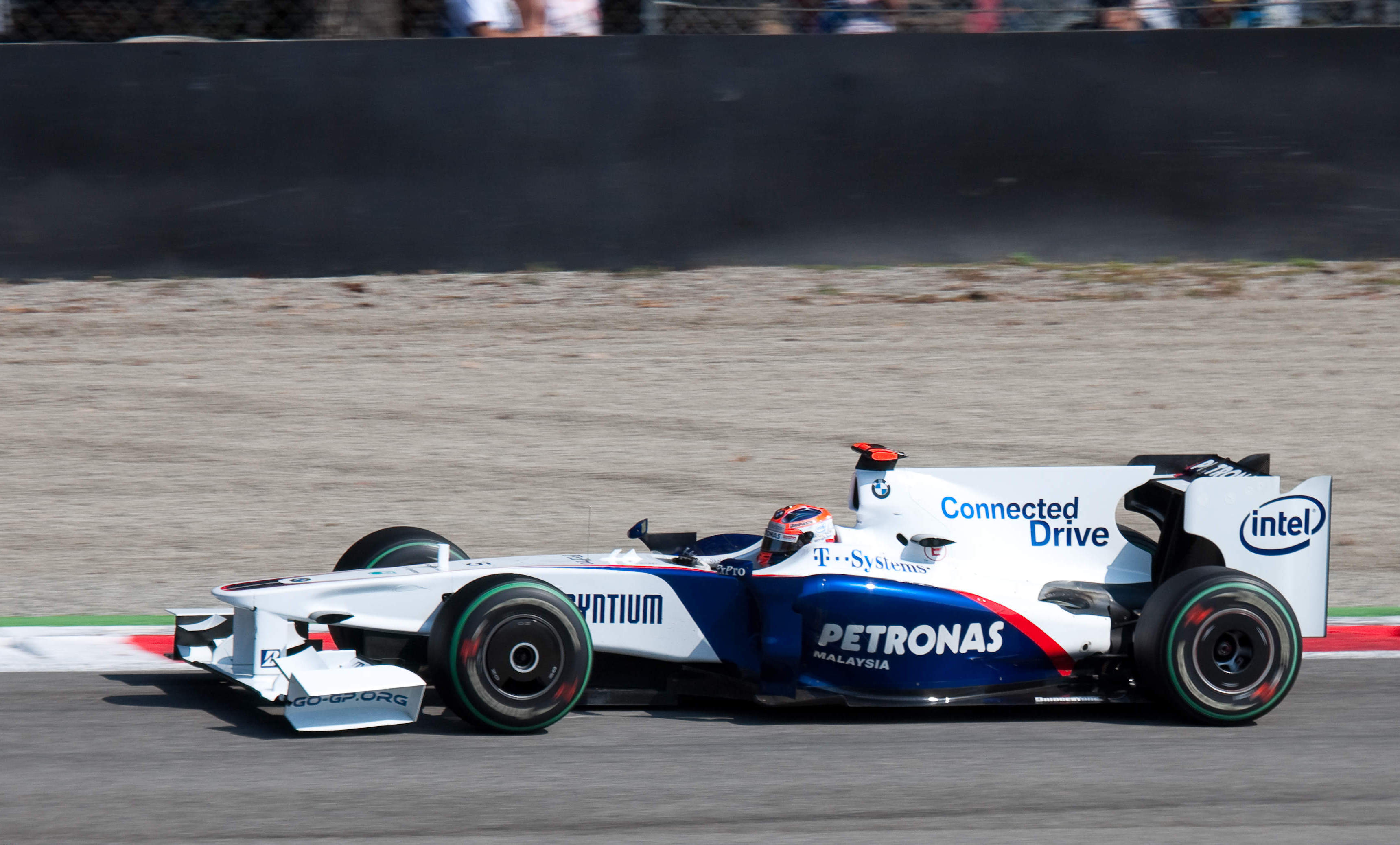



 , he wasn't consistent enough to be a regular front runner. Primary sponsor, Monster Energy, also moved onto Kyle Busch Motorsports at the end of the 2011 season. Carmichael left Turner Motorsports soon after.
, he wasn't consistent enough to be a regular front runner. Primary sponsor, Monster Energy, also moved onto Kyle Busch Motorsports at the end of the 2011 season. Carmichael left Turner Motorsports soon after.